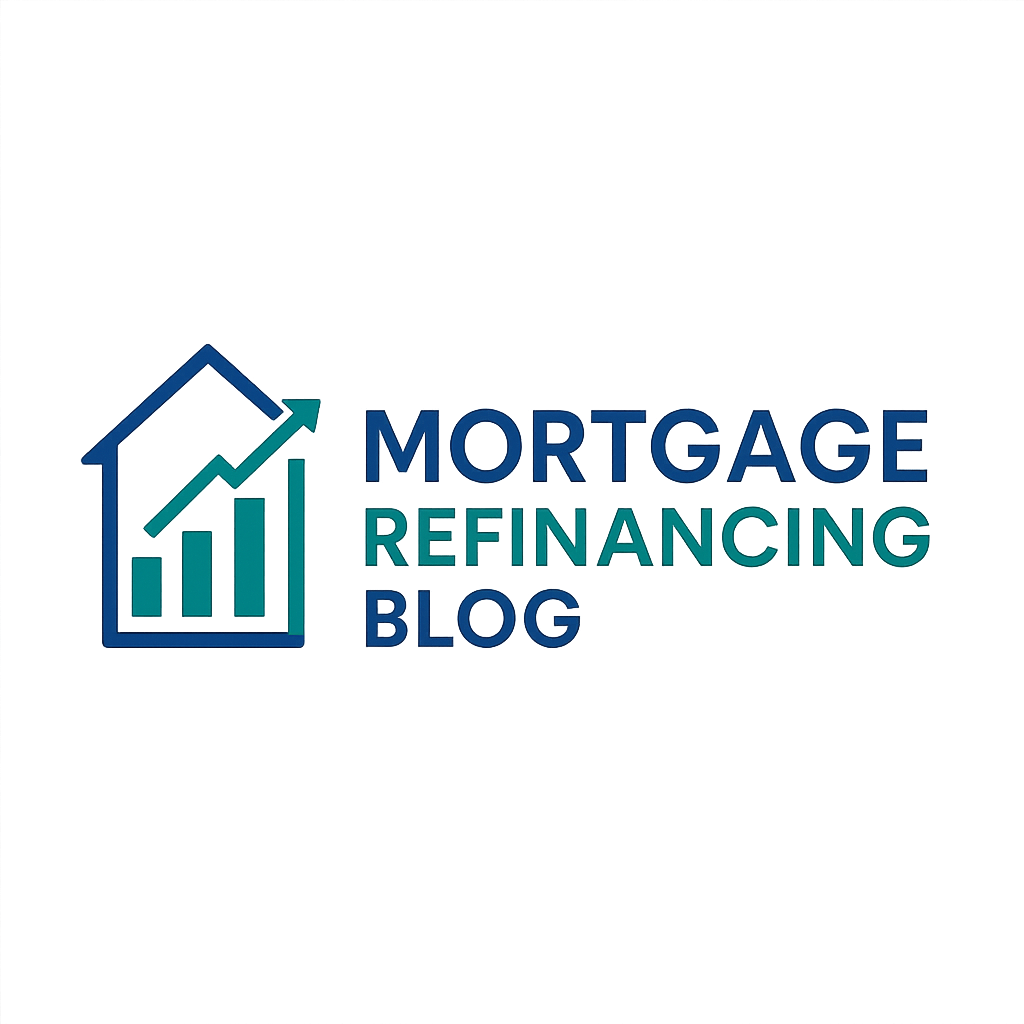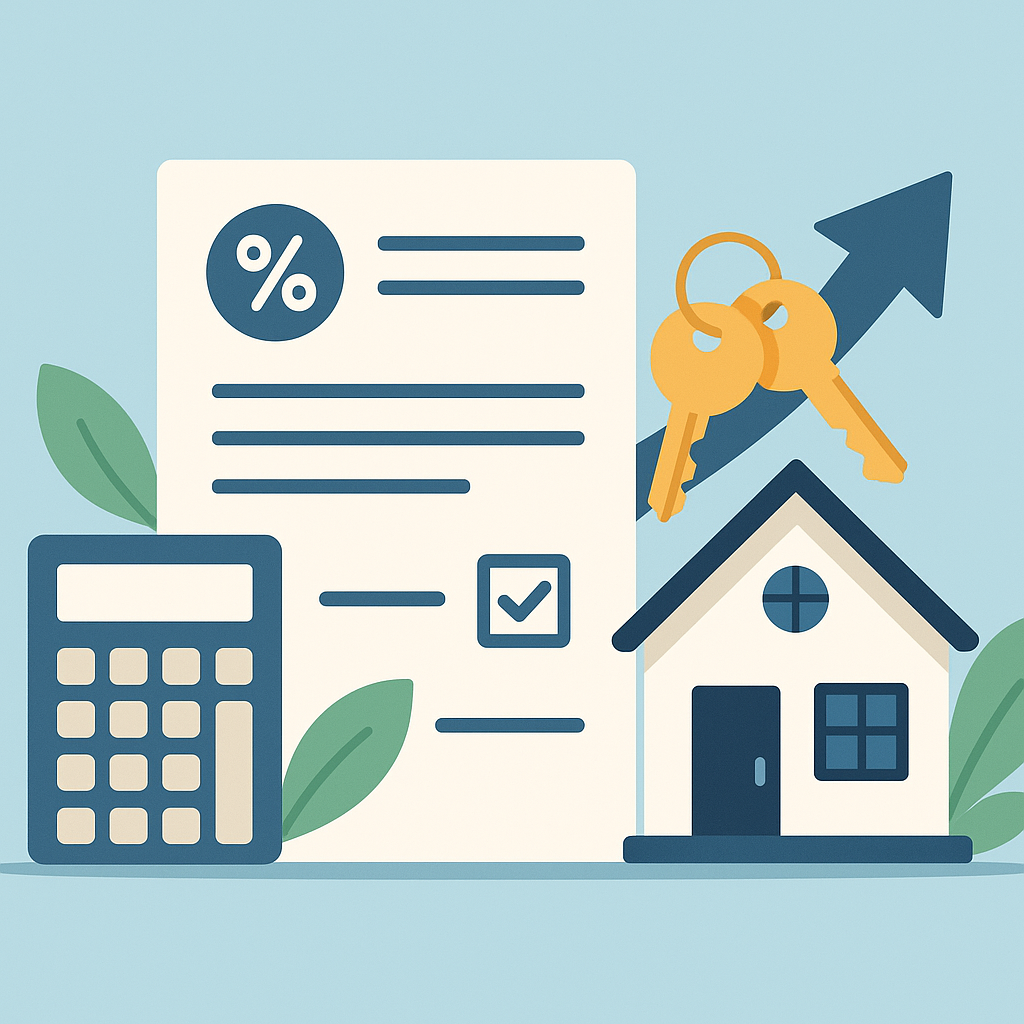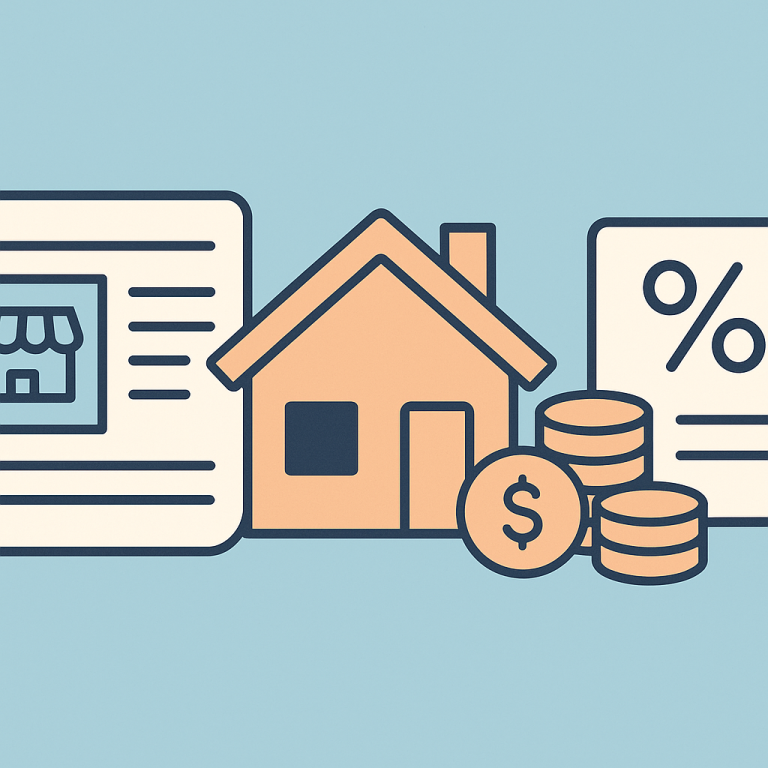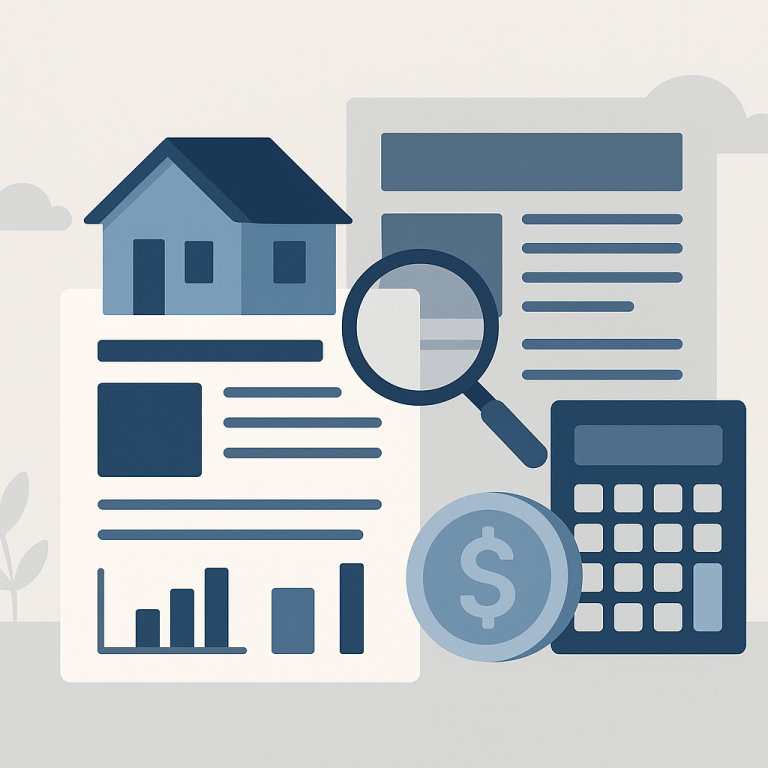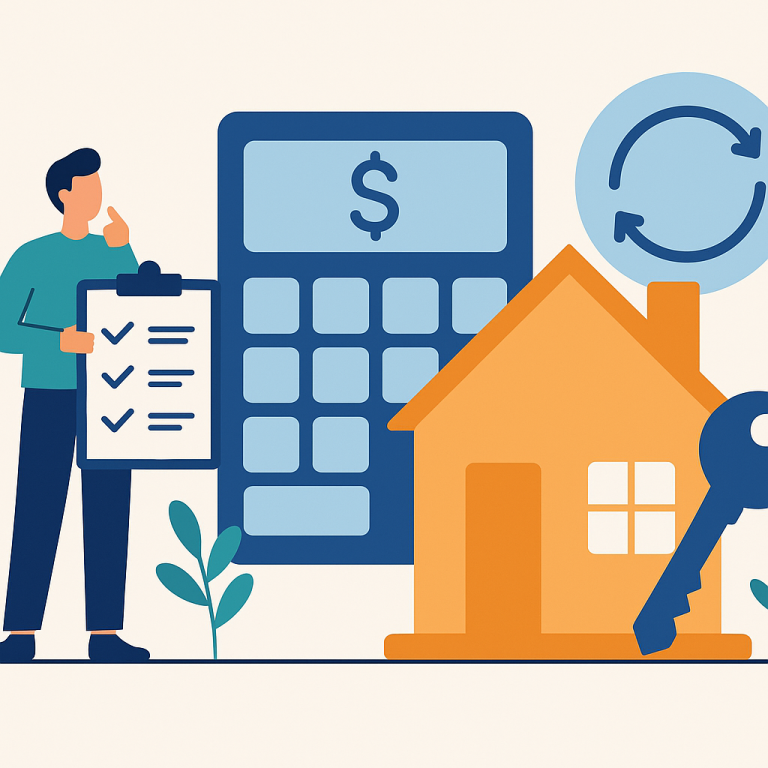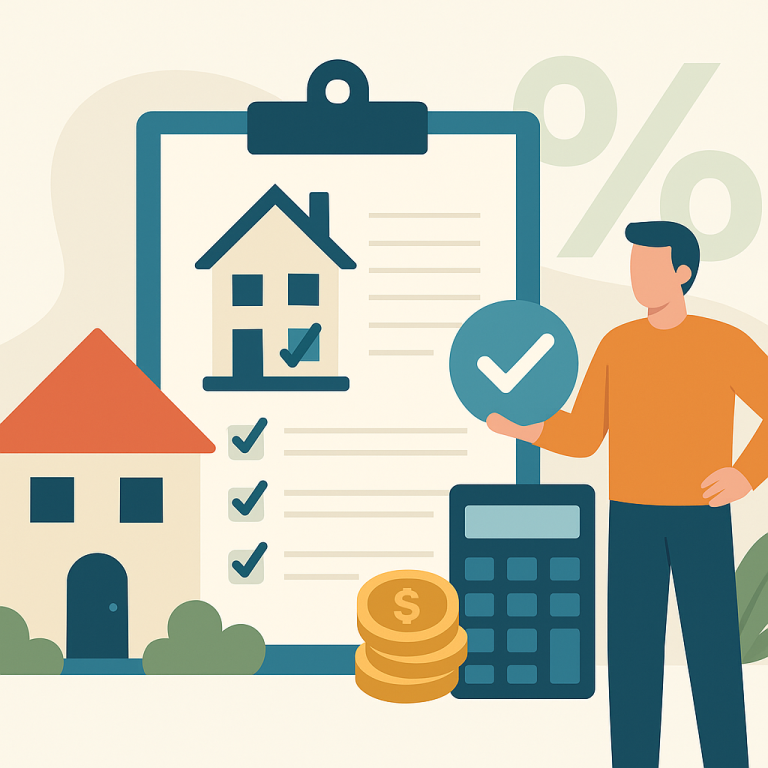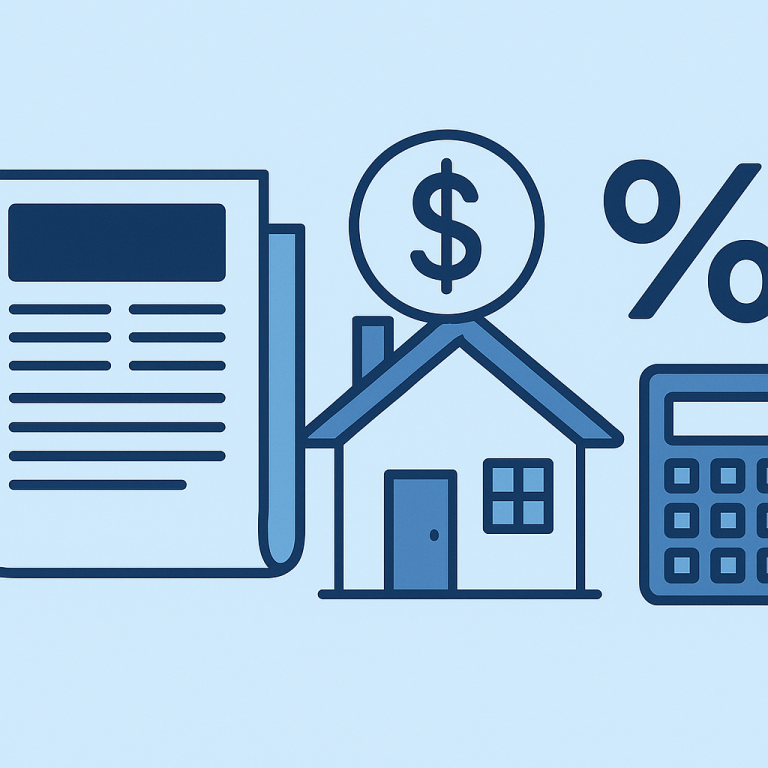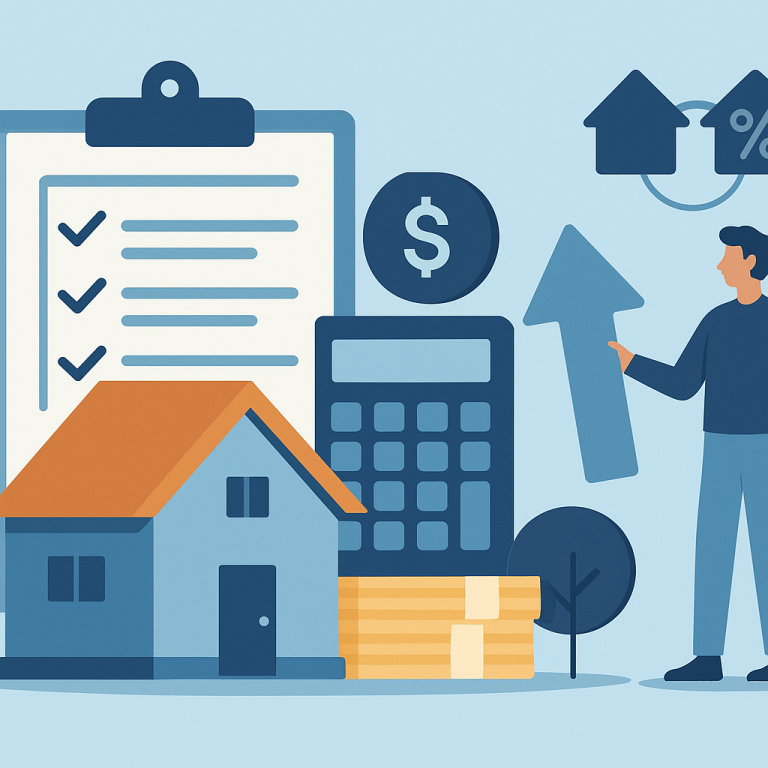Refinance guide FHA to conventional refinance to drop MIP
What an FHA-to-Conventional Refinance Is — and When It Makes Sense
An FHA-to-conventional refinance replaces your existing FHA-insured mortgage with a conventional (non-government) mortgage. Homeowners commonly pursue this strategy to eliminate FHA mortgage insurance premiums (MIP), which can be costly and, in many FHA loans originated after 2013, remain in place for the life of the loan unless the loan is refinanced.
This refinance makes sense when you have built enough equity (typically about 20% or more) and can qualify under conventional underwriting, so the savings from eliminating MIP outweigh the refinance costs. It also makes sense if you want to switch to a different loan term or a lower interest rate while removing ongoing mortgage insurance.
Benefits and Drawbacks
Benefits
- Removal of FHA mortgage insurance (monthly MIP), which can lower your monthly payment.
- Potentially lower overall mortgage insurance costs—conventional private mortgage insurance (PMI) is often cheaper than FHA’s annual MIP, and PMI can be cancelled when LTV reaches 80%.
- Ability to take advantage of better interest rates or different loan terms.
- Improved long-term equity position once MIP is gone and principal is paid down.
Drawbacks
- Refinance closing costs and fees can be significant and may offset near-term savings.
- Conventional loans have stricter credit, income, and reserve requirements than FHA loans — you may not qualify.
- If you don’t have at least ~20% equity, you’ll likely pay conventional PMI, which may or may not be cheaper than FHA MIP.
- Appraisal-driven surprises—if the home value doesn’t support the equity you thought you had, you may not qualify for a no-PMI refinance.
Costs and Fees to Expect
Typical refinance costs include lender fees, appraisal, title and escrow fees, credit report, and possibly discount points. General ranges:
- Overall closing costs: roughly 2% to 6% of the loan amount (varies by lender and location).
- Appraisal: commonly $400–$800 (higher for larger/complex properties).
- Origination or processing fees: 0.5%–1% of the loan amount, though some lenders offer no-origination options.
- Title and escrow fees: vary by state and company.
Conventional PMI premiums vary by credit score, loan-to-value (LTV), and loan type—typical annual rates may range from about 0.3% to 1.5% of the loan balance, but your actual rate depends on your profile. Compare the total cost of continuing FHA MIP versus switching to conventional (including closing costs) to determine if refinancing pays off.
Step-by-Step Process
- Check your equity and credit profile. Estimate current home value (comparables, AVMs) and calculate your current loan balance to determine LTV. Review your credit score and debt-to-income (DTI).
- Shop lenders and get rate quotes. Request estimates from multiple lenders and specifically ask for scenarios that show a no-PMI conventional rate (if you have ~20% equity) and a PMI-included rate if not.
- Submit a formal application. Provide income documentation, tax returns, bank statements, and authorization for a credit pull.
- Lock your rate. Once you find a favorable offer, lock the rate to protect against market movement while the loan is processed.
- Appraisal and underwriting. Lenders will typically order a conventional appraisal. Underwriting verifies income, assets, credit, and the appraisal value supports the desired LTV.
- Clear-to-close and closing. After underwriting conditions are met, receive the clear-to-close, review closing disclosures, and attend closing to sign loan documents and pay any closing costs.
- FHA loan paid off. The new conventional lender pays off your FHA loan; any refund of FHA upfront MIP (if applicable) would be handled by the FHA/servicer according to their rules.
Common Pitfalls to Avoid
- Underestimating closing costs: calculate break-even time (closing costs divided by monthly savings) before deciding.
- Pretending you have more equity than you do: appraisals can reveal lower-than-expected values, which can eliminate the opportunity to avoid PMI.
- Ignoring credit or income issues: a drop in credit score or increased debt can lead to higher rates or denial.
- Not comparing apples-to-apples: compare monthly payment, total interest, and total cash needed to close when evaluating offers.
- Cash-out refinances: taking cash out reduces equity and can reintroduce PMI or a higher LTV, defeating the goal of dropping MIP.
Short FAQ
Q: How much equity do I need to drop FHA MIP by switching to conventional?
A: To avoid conventional PMI altogether you typically need at least 20% equity (an 80% or lower LTV). Some lenders may offer limited flexibility, but 20% is the usual threshold to get a no-PMI conventional loan.
Q: Will refinancing to conventional always save me money?
A: Not necessarily. Savings depend on the size of your FHA MIP payments, your new conventional interest rate, PMI costs (if any), and closing costs. Always calculate the break-even period and compare long-term savings before proceeding.
Q: Do I get a refund of the FHA upfront MIP if I refinance to a conventional loan?
A: Rules on refunds of FHA’s upfront MIP are specific and limited. In many cases, partial refunds apply only under certain conditions and timeframes. Ask your FHA servicer or lender about any potential refund before assuming you’ll receive one.
Q: How long must I wait after getting an FHA loan to refinance to conventional?
A: There’s no universal mandatory waiting period for a rate-and-term conventional refinance, but many lenders expect at least 6–12 months of seasoning and a consistent payment history. Cash-out refinances often have longer seasoning requirements.
Refinancing from an FHA loan to a conventional loan can be a powerful way to remove ongoing FHA mortgage insurance and reduce monthly payments, but it requires careful comparison of costs, realistic equity assessment, and lender shopping. Run the numbers, get multiple quotes, and plan for appraisal and underwriting realities before making the move.
META: FHA to conventional refinance, drop MIP, mortgage insurance, PMI, refinance process, homeowner guide
